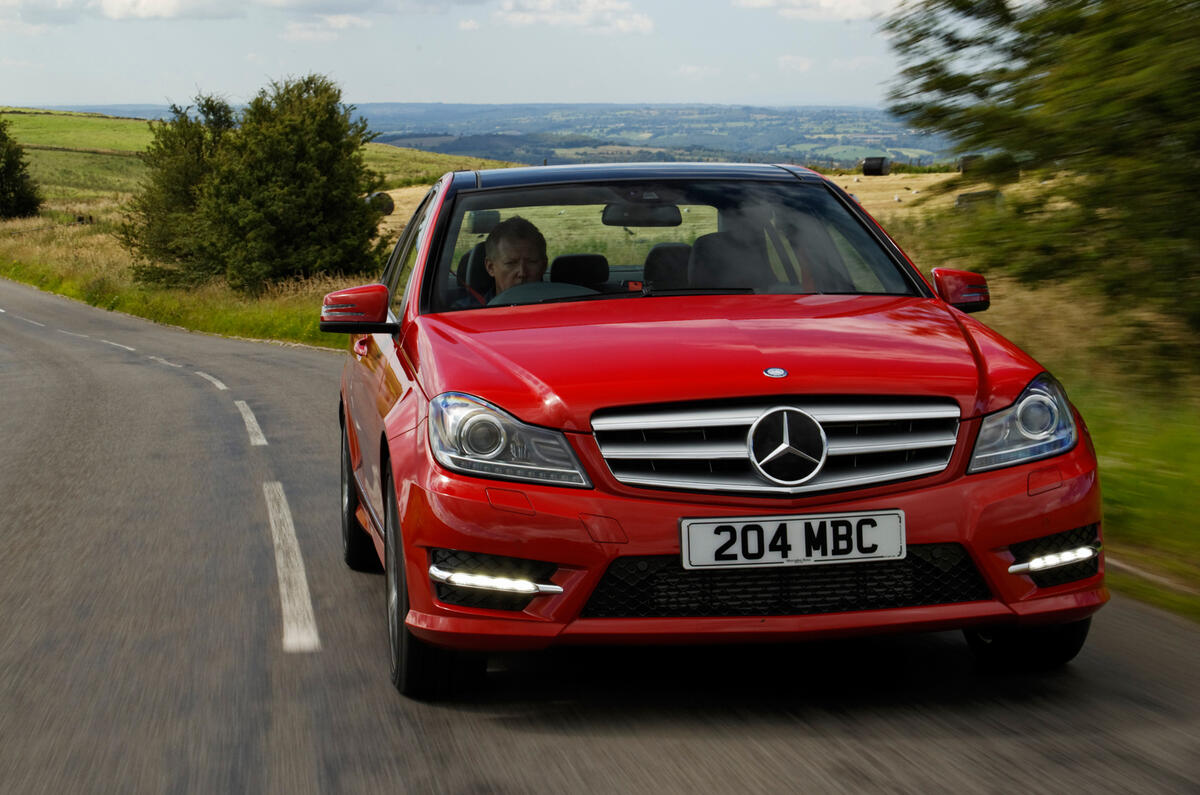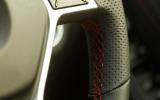Mercedes-Benz must feel a little like Sisyphus every time it tries to roll a new Mercedes Mercedes-Benz C-Class up the mountain of talent presented by the BMW 3 Series, only to lose the struggle within sight of the summit.
For as long as there’s been a C-Class, so there’s been a 3 Series for it to aspire to. That’s not to say all versions of the C have always been inferior to the Three, but overall and across the board, Munich has usually held sway over Stuttgart.
Which is not to say Mercedes has been less than solicitous in its attempts to get that rock to the top. Twenty years ago, a C-Class was a car more likely be driven by an elderly gentleman in a hat than a dynamic young professional, and much has been done in the interim not only to the way the car is marketed but also to how it is designed to appeal to a far wider audience.
One way this has been achieved is to produce a C-Class for everyone who’s ever fancied the idea of a quality compact German saloon. Or, for that matter, coupé or estate. So now you can buy a C-Class with a choice of engines offering eight different outputs from as little as 136bhp to as much as 507bhp. There’s one that’ll do almost 70mpg, and another that, were you to remove its electronic limiter, can bit almost 200mph.
Trim levels also reflect the thrusting dynamism of the Mercedes C-Class. Traditional Elegance and artsy Avant Garde models are out, replaced by AMG Sport and AMG Sport Plus, while the base SE model is now the Executive SE.

















































